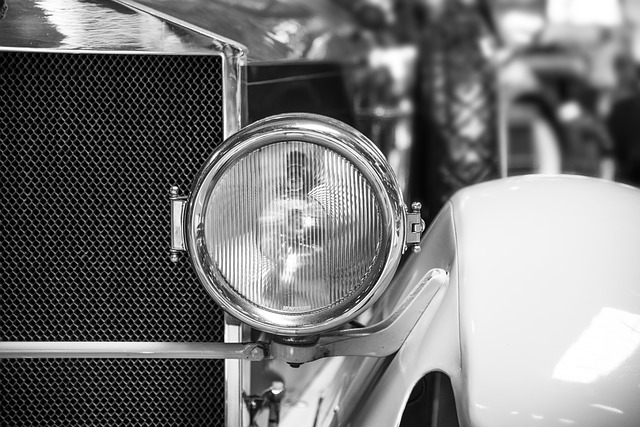
The Pontiac brand was introduced by General Motors in 1926 as the companion marque to GM’s Oakland division, and shared the GM A platform. It was named after the famous Ottawa chief who had also given his name to the city of Pontiac, Michigan where the car was produced. Within months of its introduction, Pontiac was outselling Oakland, which was essentially a Chevrolet with a six cylinder engine installed. Body styles offered included a sedan with both two and four doors, Landau Coupe, with the Sport Phaeton, Sport Landau Sedan, Sport Cabriolet and Sport Roadster. As a result of Pontiac’s rising sales, versus Oakland’s declining sales, Pontiac became the only companion marque to survive its parent, with Oakland ceasing production in 1932. It was also manufactured from knock-down kits at GM’s short-lived Japanese factory at Osaka Assembly in Osaka, Japan from 1927-1941.
Pontiac History
From 1946 to 1948, all Pontiac models were essentially 1942 models with minor changes. The Hydra-matic automatic transmission was introduced in 1948 and helped Pontiac sales grow even though their cars, Torpedoes and Streamliners, were quickly becoming out of date
Completely new bodies and chassis were introduced for 1955. A new 173 hp (129 kW; 175 PS) overhead valve V8 engine was introduced. (see Engines section below). Sales increased. With the introduction of this V8, the six-cylinder engines were discontinued; a six-cylinder
Most of Pontiac’s models built during the 1960s and 1970s were either styled like, or were siblings to, other GM makes (except Cadillac). However, Pontiac retained its own front and rear end styling, interiors, and engines.
Introduced in 1982, the wedge shaped Firebird was the first major redesign of the venerable pony car since 1970. Partly due to the hugely successful NBC television series Knight Rider, it was an instant success and provided Pontiac with a foundation on which to build successively more performance oriented models over the next decade. The Trans Am also set a production aerodynamic mark of .32 cd.
Pontiac history went through a complete product revamping through this period. The Grand Am was replaced with the mid-size G6 in 2004. The Bonneville ended production in 2005 after nearly 50 years of production. Although it was not directly replaced, the RWD G8 served as an initial replacement. The Solstice concept shown in 2002 was approved for production as a roadster (2006-2009) and, for a few months, a hard-top coupe (2009), which is considered to be quite rare, as a total of only 1,266 coupes made it off the assembly line in Wilmington, DE before it was shut down due to the demise of Pontiac. This is in stark contrast to the over 64,000 Solstice Convertibles that were manufactured on that same line. The controversial and slow-selling Aztek was finally phased out and replaced by the Torrent, which was identical to the Chevrolet Equinox. In 2005 the Sunfire was discontinued, replaced by the new Pontiac Pursuit (later named G5).
Remember that before you buy, check the history of the vehicle. You do this by typing the VIN Number Pontiac below:
Source: wikipedia.org


 EN
EN  PL
PL  RU
RU  DE
DE  HU
HU  EE
EE  LV
LV  RO
RO  SI
SI  CZ
CZ  LT
LT 